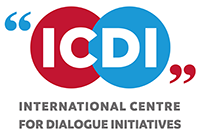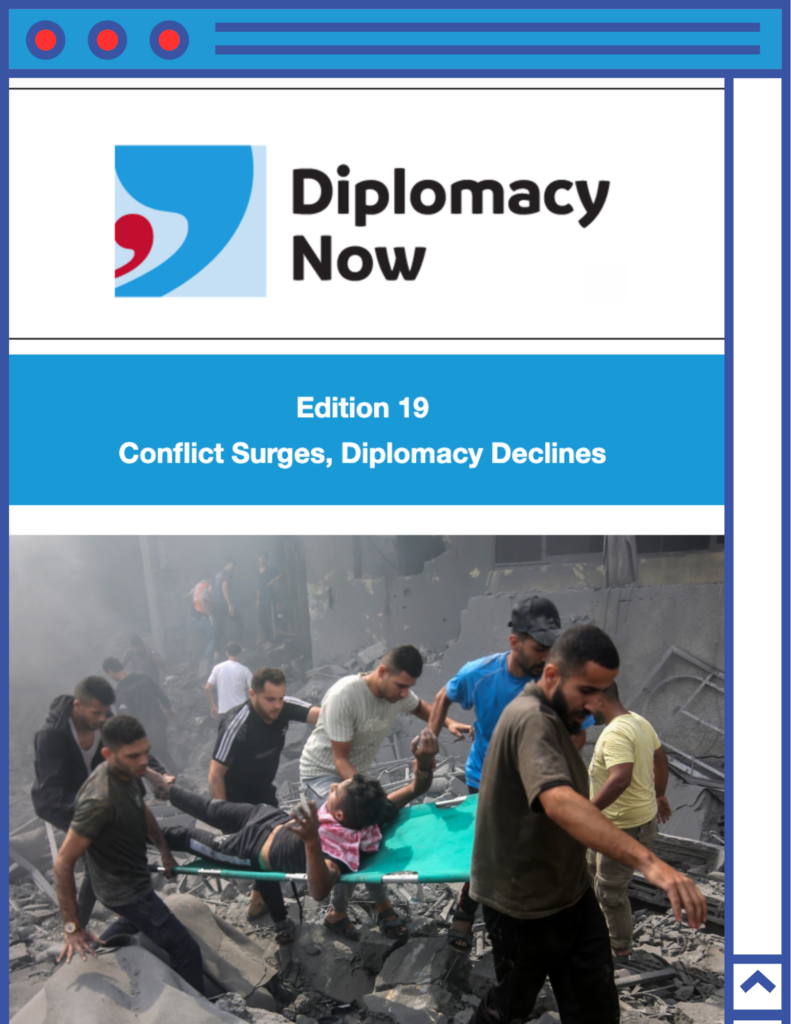Over the last five years, the United Nations Security Council has proved unable to prevent or halt the wars in Ethiopia, Myanmar, Ukraine, Gaza and Sudan. While the Council is not entirely paralyzed, and still oversees a panoply of peace operations and sanctions regimes, UN members are increasingly frustrated with its repeated inaction in the face of major crises. Even representatives of the five permanent members of the Council admit the global body is now losing credibility.
UN members have responded to the Council’s failings in three ways. The first is to call for reforms to the Council itself. The second is to suggest that the UN General Assembly should step up to play a greater role on peace and security when the Council is unable to act. Since 2021, the Assembly has attempted to engage in crisis management over Myanmar, Ukraine and Gaza, although its non-binding appeals for peace have gone unheeded in each case. A third option is to explore ways that other UN forums, like the Peacebuilding Commission, could grow more active.
Difficult talks on the Pact for the Future in lead up to the summit
All of these options were on the table this year in negotiations in advance of the Summit of the Future, a conference that Secretary-General António Guterres proposed as an opportunity for world leaders to review the state of multilateralism. Talks on the Summit outcome document, the Pact for the Future, have been fraught. At the time of writing – a few days before the Summit opens on September 22 – the text is still being negotiated. But UN members have agreed on language on reforming or reinforcing the Council, Assembly and Commission more easily than many diplomats expected.
This is in stark contrast to the last major institutional UN reform effort prior to the 2005 World Summit, when Brazil, Germany, India and Japan led a major Council reform drive which was ultimately quashed by the United States and China. The 2005 summit outcome document said little on the topic. Talks on Council reform since then have mostly been sluggardly. But in 2022, the U.S. indicated that it was open to serious reform discussions, and the other permanent members have said they are willing to envisage change.
The Pact sets out broad guiding principles for SC reform
It would be misleading to say that this indicates UN member states have a common will to pursue major peace and security reforms. It might be more accurate to conclude that they share a certain embarrassment about the state of the Council, and cannot avoid at least talking about reform.
The draft Pact for the Future does not resolve the trickiest issues associated with Council reform: Whether to include new permanent members, and whether to set formal limits on the use of the veto. But it sets out broad principles to guide reform discussions – such as an acknowledgment of the need to give African states a greater voice in Council affairs – and it does acknowledge the need to discuss the use of the veto. It also sets out a pathway for more specific reform discussions going forward, including a call for states to develop a “consolidated model” for a future Council.
The text goes into fewer specifics on the role of the General Assembly but does include a call to “enhance” the body’s role in peace and security. It builds on the 2022 veto initiative – an agreement that the Assembly should debate Council vetoes – and the recent publication of “Assembly for Peace”, a handbook that Assembly members requested in 2023 that details past examples of the body’s involvement in peacemaking, peacekeeping and other security issues.
More detail on the role of the Peacebuilding Commission
The Pact goes into more detail on the role of the Peacebuilding Commission, an advisory body established at the 2005 World Summit that works collegially with vulnerable states. An intergovernmental review of the Commission and the related peacebuilding fund and office in the UN secretariat is already slated for 2025. The Pact calls for “more systematic and strategic partnerships” between the Commission and outside actors including the international financial institutions. This reflects a general hope among cash-strapped UN officials that the World Bank and International Monetary Fund can stump up more money for conflict prevention initiatives.
Although the Pact is non-binding, it does offer a useful framework for member states to think about strengthening all three bodies. The Biden administration gave the cause of Security Council reform a further boost in early September, when U.S. ambassador to the UN Linda Thomas-Greenfield announced that Washington would support two permanent seats for African states on the Council, and also urged member states to accelerate detailed discussions of reform options.
This does not mean that Council reform is easy or imminent. It is one thing for states to agree on the outlines and guiding principles of a negotiating process, but there will inevitably be friction when they get into the details. While everyone can agree that African states should have a greater say in Council affairs, for example, African states are likely to disagree among themselves over who should hold any new permanent seats for the continent. The really hard questions about Council reform involve Asian regional politics: India and Japan both continue to say that they deserve permanent seats, but China is keen to hold onto its status as the only Asian veto power at the UN.
Hurdles still ahead for Security Council reform
Even if by some multilateral miracle diplomats made a deal on Council reform, two-thirds of UN members (including all the current veto powers) would need to ratify the resulting changes to the UN charter before it came into force. The greatest obstacle could well lie in Washington DC, where a polarized Senate has struggled to greenlight binding treaties for many years. U.S. politics could deal a blow to hopes of Council reform very soon if Donald Trump returns to the White House – a second Trump administration would be unlikely to devote its attention to strengthening the UN.
With Council reform at best still some way off, the General Assembly is likely to face more calls to step into crises. Despite the Assembly’s recent activism, there are still reasons to question how far it will go in terms of crisis management. On both Ukraine and Gaza, the Assembly has been good at making statements and principles and calling for an end to hostilities, but it has been more reticent when it comes to direct steps to address the crises involved. On Myanmar, the Assembly did call for an arms embargo in 2021, but it has neither the power or means to enforce this appeal.
Nonetheless, if further crises emerge where a strong majority of the Assembly think action is required, it could take on a more concrete role. This will be driven by events rather than UN documents. Equally, the Peacebuilding Commission can only play a positive role in situations where vulnerable countries actively solicit its help, as Gambia and Mozambique have done in recent years. Neither the Assembly nor the Commission can completely fill the gap created by a malfunctioning Security Council. But they can play a bigger role in addressing the risks and fall-out of conflict in some cases. The Pact of the Future may help nudge them in that direction.
Richard Gowan oversees International Crisis Group’s advocacy work at the United Nations, liaising with diplomats and UN officials in New York.




